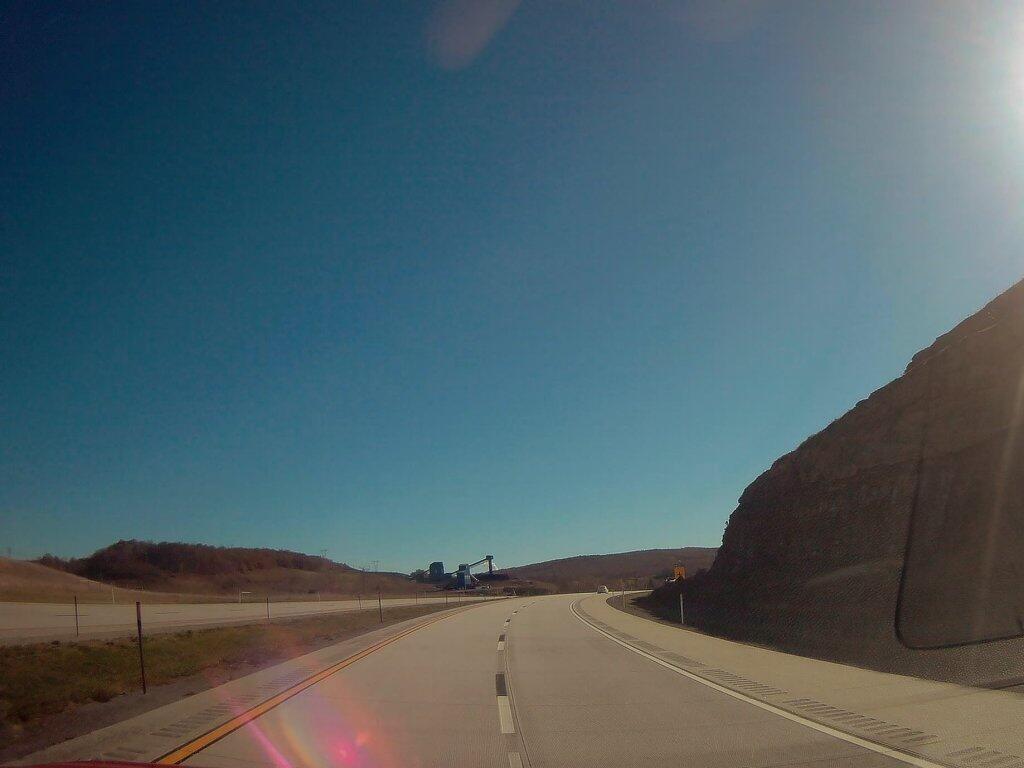I was reading the latest silliness about the gas stove ban that isn’t
There are very legitimate concerns about gas stoves with their open flames burning in enclosed locations. While natural gas and propane burn quite clean, they are fossil fuels and they still produce nitrogen dioxide which can trigger asthma attacks and cause health impacts. Also, with the more and more natural gas coming from fracking, often in radioactive formations, there is a risk of bringing radon into one’s home.
Years ago, with drafty old homes this was not such a problem. But more houses are often much tighter, so you have greater risk of having both radon and nitrogen oxides in your house. While heat exchangers do help bring in outside air, depending on the system, there may not be very good airflow in and out of every kitchen. Plus more and more people use air conditioning, which doesn’t allow as much airflow as open screen windows do.
Plus, now is the time to decarbonize our economy. A single gas stove doesn’t produce much carbon dioxide, but if there are millions of homes that heat with gas, a little bit adds up. And more significantly — at least in colder locations, gas stoves are a natural combination with gas-fired heating. Natural gas heating is a significant source of both gas consumption and carbon emissions — which is why carbon emissions spike in northern United States every winter. Plus, not only does natural gas produce carbon, but natural gas lines are inherently leaky, and natural gas is a powerful warming agent.
Inductance cooking has many of the same benefits of gas stoves but is much less polluting. It can be used in most locations that gas cooking has been used in the past, and has a fraction of the carbon output. Any place that has 230 volt electricity, can easily accommodate such stoves. And for off-grid and remote locations, the amount of propane gas used in conventional gas stoves is pretty de minis compared to all the propane currently used to heat and cook food in millions of urban and suburban households and businesses.
